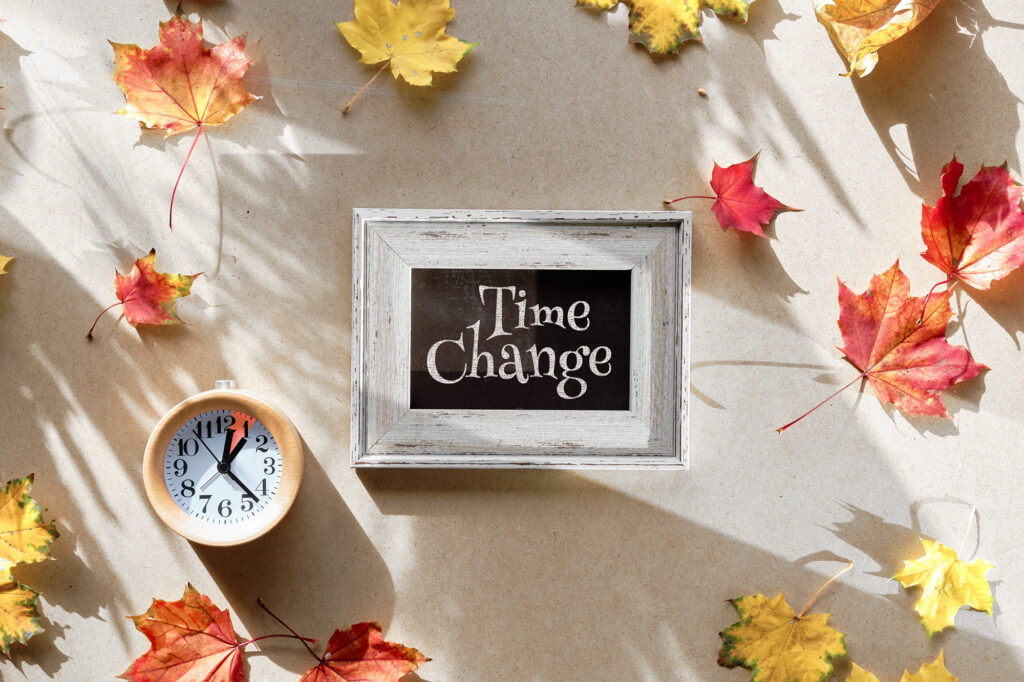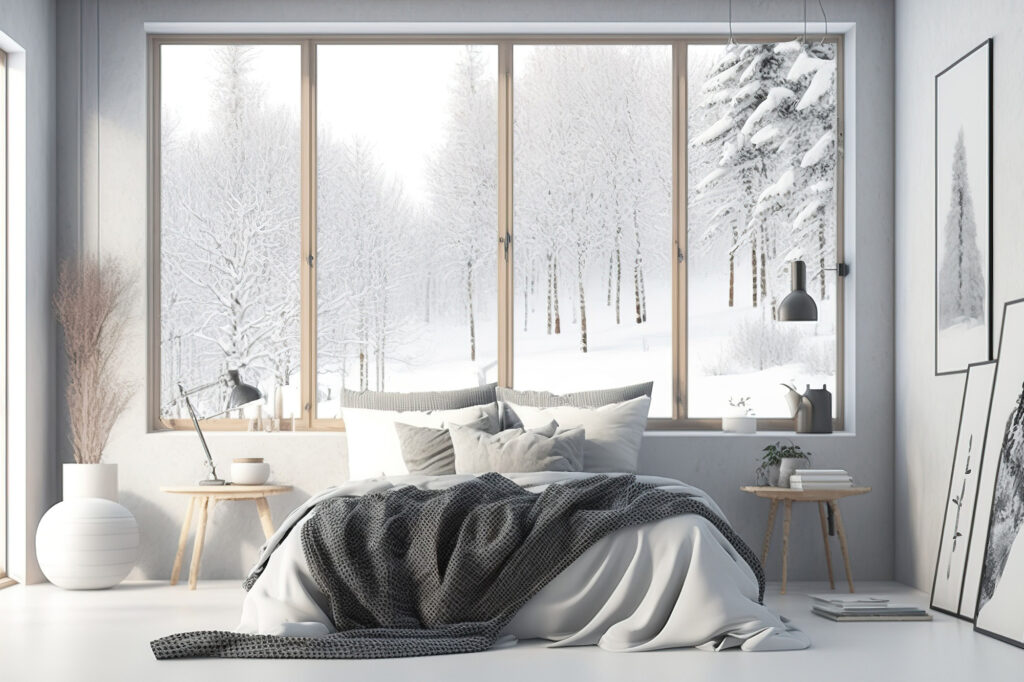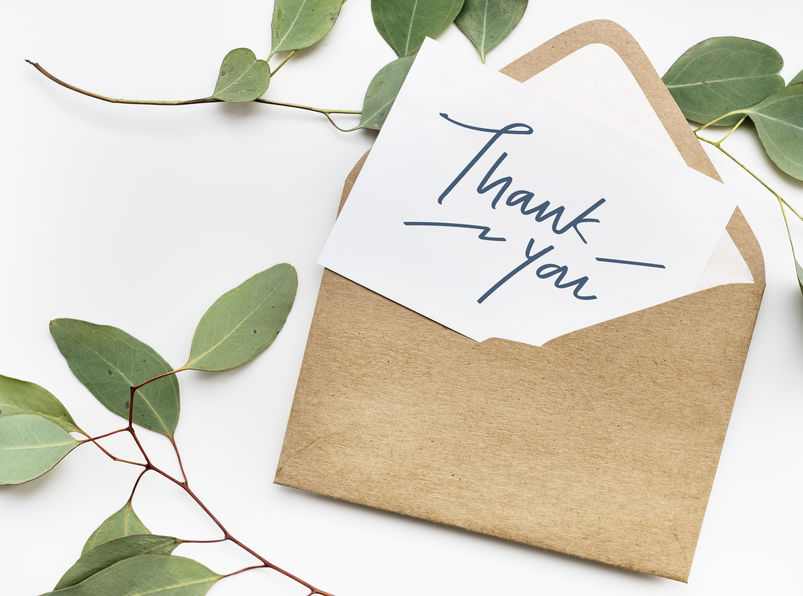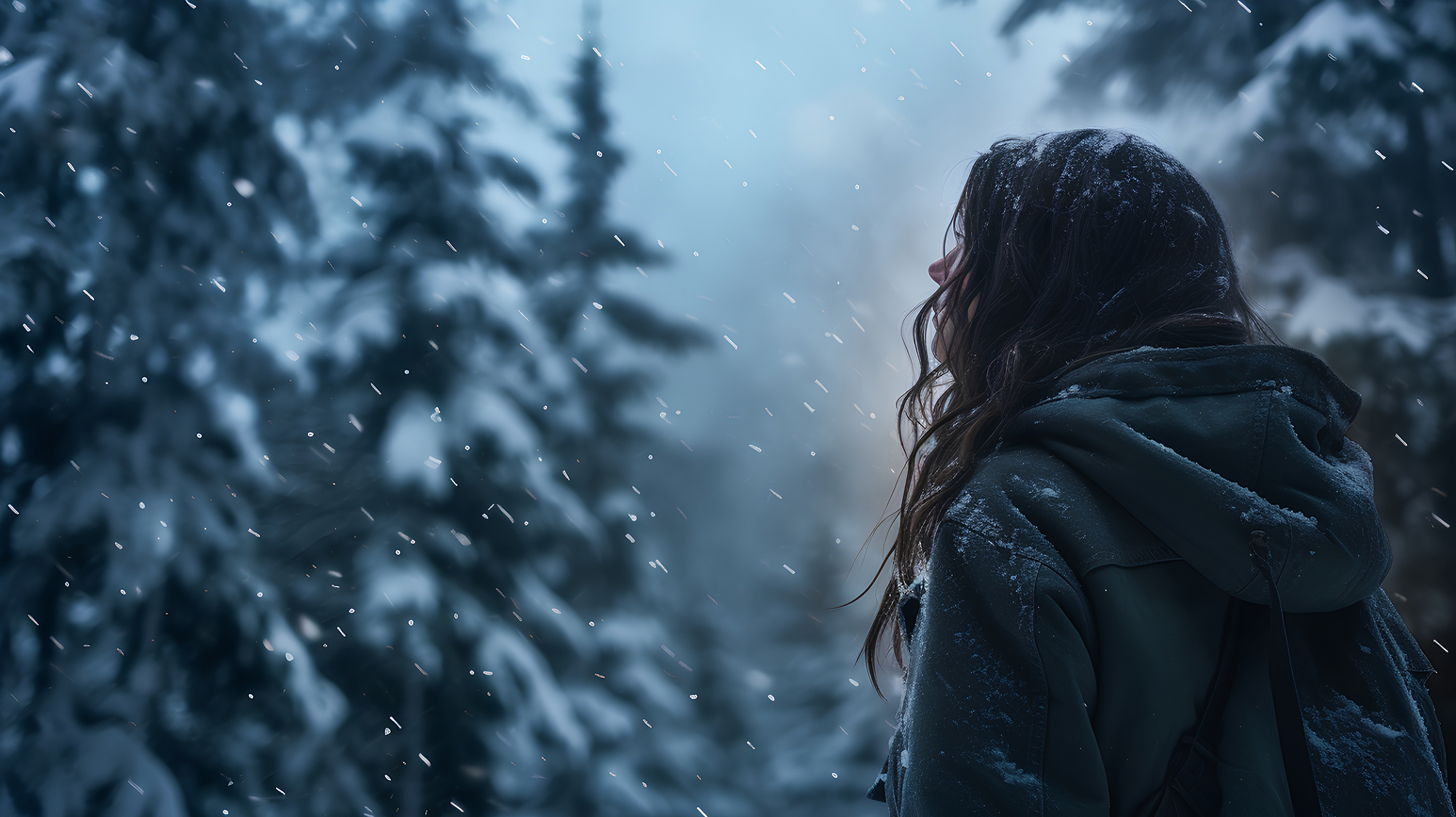Winter is a time of hibernation for our nocturnal animal friends like bears, turtles, bees, snakes, wood frogs and groundhogs. Yet, for us humans, we are dealing with various challenges that affect our sleep patterns in the late fall and winter season including:
- Adjusting to the Daylight Savings Time,
- the changing weather patterns and exposure to sunlight the winter brings, and
- the stress of the holiday season.
Because of these various factors, sleep issues and insomnia tend to increase during seasonal shifts. Less sleep, brings increased irritability, decrease in productivity, decrease in our ability to handle stress, which can all be described as … the Winter Blues.
Daylight Savings Time – an Ongoing Debate
Each year, twice per year, we change our clocks, spring forward one hour on the second Sunday of Marchand then falling back one hour on the first Sunday in November. This change does not just affect the time, but the hours of daylight, the time of the sunrise and sunset, and the pattern of our sleep times.

Where it Began – Daylight Savings Time (DST) History
During World War I, to help conserve fuel, Germany began observing DST on May 1, 1916. The rest of Europe soon followed. The plan was not adopted in the United States until the Standard Time Act of March 19, 1918. The idea was unpopular, especially with farmers because DST meant they had less time in the morning to get their milk and harvested crops to mark so Congress abolished DST after the war. A nationwide DST would not be established again until World War II. On February 9, 1942, President Franklin Roosevelt instituted year-round DST, called “War Time”.
From 1945 to 1965, the use of DST was decided in each region, city or state, which caused much confusion. So to simplify matters, the Uniform Time Act of 1966 established the system of uniform daylight-saving time throughout the US, signed by President Lyndon Johnson on April 14, 1966.
Where it Stands
Every state, besides Hawaii and Arizona, still observe the Daylight Savings Time, which begins on the second Sunday of March and ends on the first Sunday of November. Despite the many debates and controversies about the continuation of DSL, congress remains undecided. Efforts began to reverse the 1966 Uniform Time Act as early as the 1970’s until as recently as 2022. On March 15, 2022, the US Senate passed the Sunshine Protection Act by unanimous consent, which would allow DST to extend year-round. However, it was not passed by the House of Representatives. The American Academy of Sleep Medicine has opposed the Sunshine Protection Act and called instead for permanent standard time, a position supported by the American College of Chest Physicians and the World Sleep Society, among others. On January 3, 2023, the 117th Congress ended without the House voting on the Sunshine Protection Act.
Recent polls show that the American public is split on the subject:
- only 21% of Americans prefer changing clocks twice per year,
- yet 50% favor permanent daylight-saving time and
- 31% support permanent standard time; 17% are undecided.
What Challenges does Daylight-Saving Time present?
Besides the temporary result of poor sleep, grogginess, difficulty waking, and irritability, nearly 300 million people report sleep disturbances in the weeks following the time changes. This can be more serious than we realized, as researchers say that the change has long-term negative consequences for our bodies and minds.
“Light and darkness are the most powerful timing cues for alertness and sleepiness in the human body. This is called our ‘circadian rhythm’. The one-hour time shift during daylight saving time results in less exposure to light in the morning and greater exposure to evening light relative to typical sleep and work schedules. As a result, we tend to go to bed and fall asleep later, resulting in chronic sleep loss.”
– Sleepeducation.org
The consequences of just a one-hour time change are more serious than you may have realized. Scientific evidence points to an acute increase of mood disturbances, mental health issues, heart attacks, strokes and hospital admissions during the weeks following the time change. A 2020 study even found the risk of fatal traffic accidents increased by 6% as well as a significant increase of workplace injuries. (According to John Hopkins School of Public Health)
Plain and simple, your circadian rhythm is affected by light, and is responsible for the quality of your sleep, the release of sleep/wake hormones, and your metabolism. When your internal clock is disrupted, your body needs to play catchup. For those who are older, adolescent, diagnosed with autistism, may be more sensitive to these changes and take longer to adjust.
How to Adjust and Improve Sleep
In the week or two leading up to the time change, adjust the time you go to sleep by 15 minutes per night until your body is on the new schedule, and set your alarm 15 minutes earlier each day until you’re synched with the time change. Keep the schedule consistent even on the weekends, especially for children and teenagers. Try to get outside and get as much fresh air and sunlight as possible to get your daily dose of sunlight. And put into practice the good sleep hygiene habits that we have discussed in our recent blog: “Better Sleep Tips & Tricks for CPAP Users”.
Adjusting to the Not So Welcoming Winter Weather

Seasonal changes can affect our sleep patterns, including changes in temperature, humidity and light. As the days get shorter, the weather turns colder, we see and feel less of the sunlight. Sunlight provides the essential Vitamin D, which is important for serotonin production. A decrease in serotonin can result in feelings of fatigue, depression and irritability, and can also increase our carbohydrate cravings resulting in unwanted winter pounds.
The most effective cure for this is to make an effort to get outside in the sunlight for at least 15-30 minutes per day. If you chronically work indoors, move your desk and chair next to a window.
In a recent study, “office workers who sat near windows received higher white light exposure and also slept better than those who didn’t have windows nearby.”
(According to American Journal of Clinical Sleep Medicine)
Weather temperature also affects your sleep quality, so when the temperatures outside dip below freezing, we have a tendency to turn the heat up inside to 70 or above, but the ideal temperature according to research is between 60-65 degrees. In the winter, this is easier to achieve so that is a plus.
Is this the Winter Blues or SAD (Seasonal Affective Disorder)?
As we said already, hormone levels for serotonin (wake up hormone) and melatonin (sleepy hormone), may be off due to the time change and the decrease in daylight hours. Yet for some, this can cause Seasonal Affective Disorder (SAD), which is a chemical change in the brain caused by less sunlight and shorter days, as well as an increase in melatonin. The two types of SAD are based on the two times of year we change the clocks, as you may have already guessed:
- Fall Onset: Winter depression that starts in early to late fall through the winter months, easing sometime in the summer.
- Spring Onset: Summer depression that begins late spring to early summer and is much less common that the Fall-Onset.
Symptoms of SAD include: daytime sleepiness, loss of interest or pleasure in favored activities, social withdrawal, sensitivity to rejection, irritability, anxiety, feelings of guilt and hopelessness, fatigue, low energy levels, increased appetite and weight gain, trouble focusing, and headaches.
Treatments include medications, psychotherapy, exposure to sunlight and light therapy. What is light therapy and how does it work? Light therapy requires a light box that emits 10,000 lux (a measure of light intensity). The patient is recommended to sit in front of the light about 30 minutes after waking in the morning. Comparing various studies, light boxes improve symptoms anywhere from between 40% to 60% of people.
While light boxes are not currently regulated, research various brands, or visit Environmental Therapeutics for their nonprofit reviews of light boxes for seasonal depression.
“For both seasonal and non-seasonal depression, the effectiveness of light therapy is approximately the same as antidepressant medications, or popular forms of psychotherapy such as cognitive behavioral therapy.”
– Dr. Richard S. Schwartz, Associate Professor of Psychiatry at Harvard Medical School
Other recommended therapies for Winter insomnia or sadness include aromatherapy, acupuncture, massage therapy, consistent exercise, a low carb diet and a routine of good sleep hygiene.
Losing Sleep over Holiday Stress

Did you know? … ” Eight in ten Americans say that the expectations and events around the holidays cause them to feel increased stress, and nearly three in ten (28.2 percent) say they get less sleep around the holidays.”
– Sleepopolis.com
Whether you’re worried about the financial stress, finding that perfect present for everyone on your list, keeping up with the demands of cooking, decorating, cleaning, hosting guests, and packing, there are many reasons people will lose sleep during the holidays, starting from Thanksgiving week through the New Years.
In fact, “Holidays and stress seem to go hand in hand. To cope, many people often steal hours from their sleep to pack in all the cooking, shopping, gift wrapping, parties and family time.”
– CNN.com
Not to mention all the holiday-related factors that may be affecting the quality of your sleep including disrupted routines, increased stress and stressful activities, family conflicts, and increased consumption of alcohol, caffeine and sugary treats. Less sleep is going to decrease your spirit of joy and peace during the season of giving. And unfortunately, studies show most of those stress about holiday preparations are experienced by the women of the families.
So how can you combat the stress and stay calm during the holiday chaos?
- Take a walk alone for just 15-20 minutes. A few minutes of quiet in nature, alone with your thoughts can do a world of good for your mood.
- Using calming techniques such as guided mindful meditations recordings, calming music and sound therapy, breathing techniques, yoga, tai chi and calming exercises are much more accessible these days through websites, apps, YouTube and social media.
- Regular exercise will increase serotonin levels, which will help you develop a stress-resistant mind and body.
- Eat healthy, avoid too many sugary treats, high carb dishes, too much alcohol, caffeine before bedtime.Find time for rest and relaxation with your journal, a hot bath, a massage, a good book or even a movie.
- Make lists to put your nagging thoughts on paper so you can forget them when you need to rest. The list will be there in the morning, so no need to continually run through your to-do list all through the night.
- Spend time with family and friends who help reduce stress. Get your family and friends and children to pitch in with the preparations, the cooking, the shopping. That way, they’ll appreciate your efforts all the more, and you’ll be able to spend more quality time with each other.
*For more tips and tricks on beating the holiday stressors, see our blog, “How to Deal with Holiday Stress with Quality Sleep”.
In conclusion, taking the time to plan for the seasons ahead, we can not only improve our sleep but are better prepared for the challenges we face during the winter and holiday seasons.
Thank you, Thank you, Thank you!

We want to take a moment to thank all of our Respiratory Therapists and Sleep Technologists, as well as administrative staff for the hard work they contribute each year. Because of our staff, we continue our mission to strive to make sure our patients receive the care they deserve and the help they need to be successful in treating their sleep apnea.
And we want to also thank our many loyal patients who have put their trust in Everything CPAP as Idaho’s number one CPAP Solution Center. We look forward to continuing to serve all of you in the years to come with a successful combination of excellent customer service, ongoing support, state-of-the-art equipment, constant innovation and clinical research and training.
In 2024, we are excited to share some exciting news about how we will continue to provide excellence and innovation with a personal touch for our Idahoan patients. We wish everyone a safe and blessed holiday season, and as always the best sleep you can achieve!
Photo Credit © pixander








